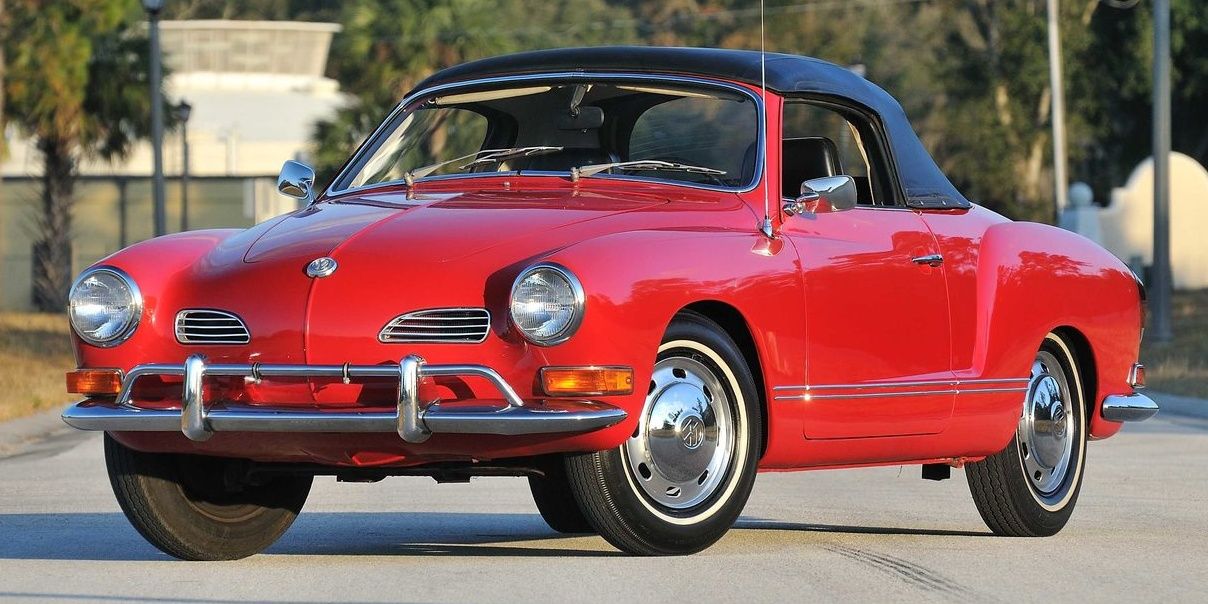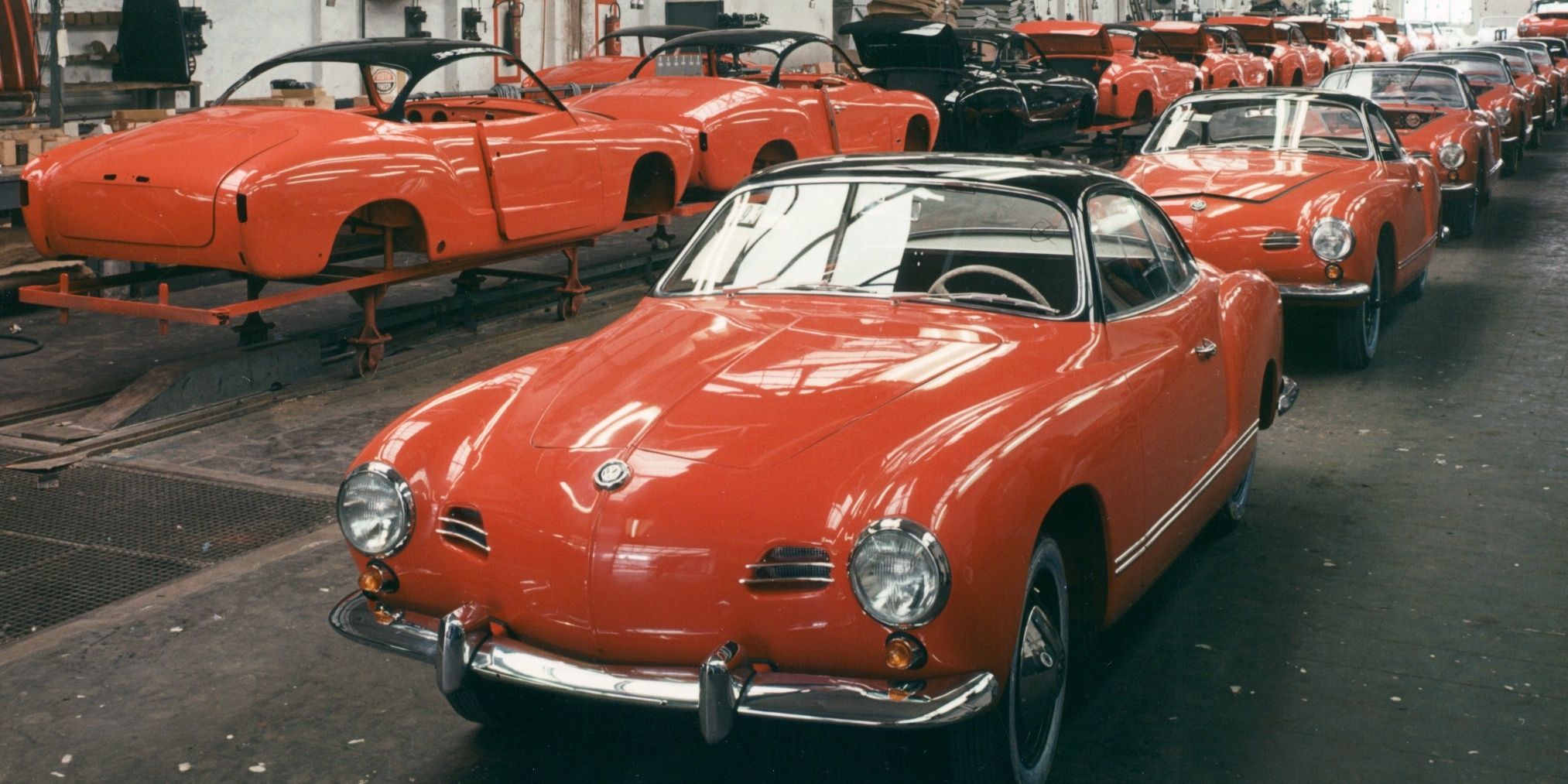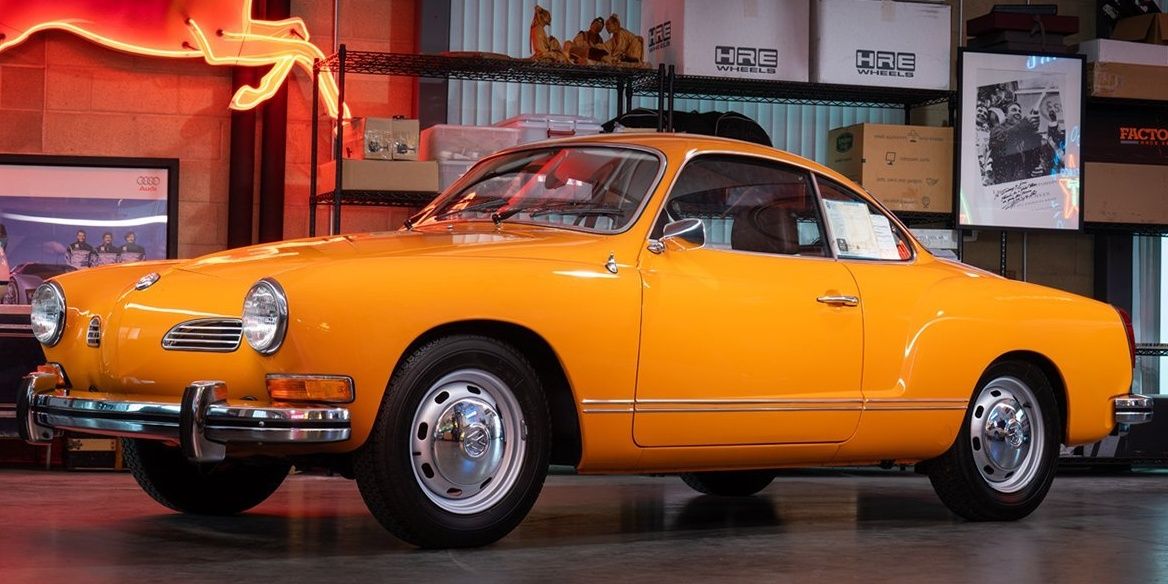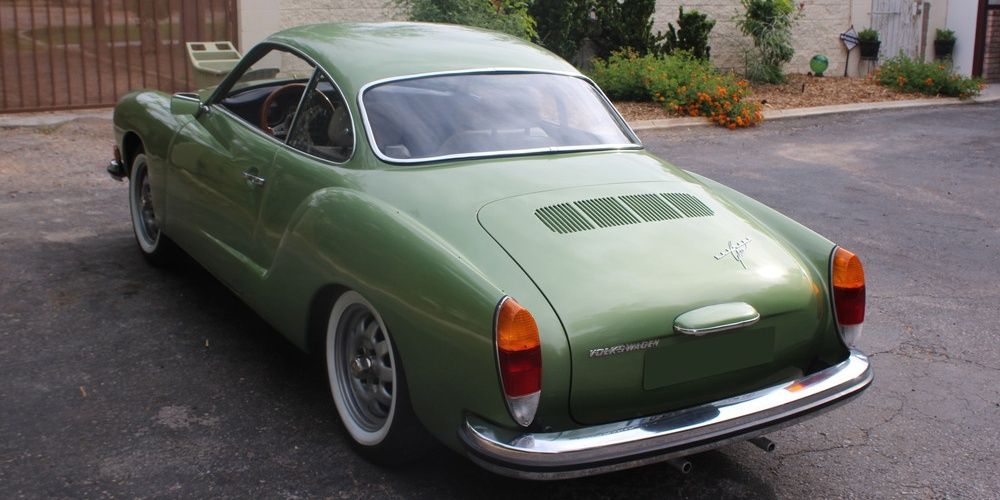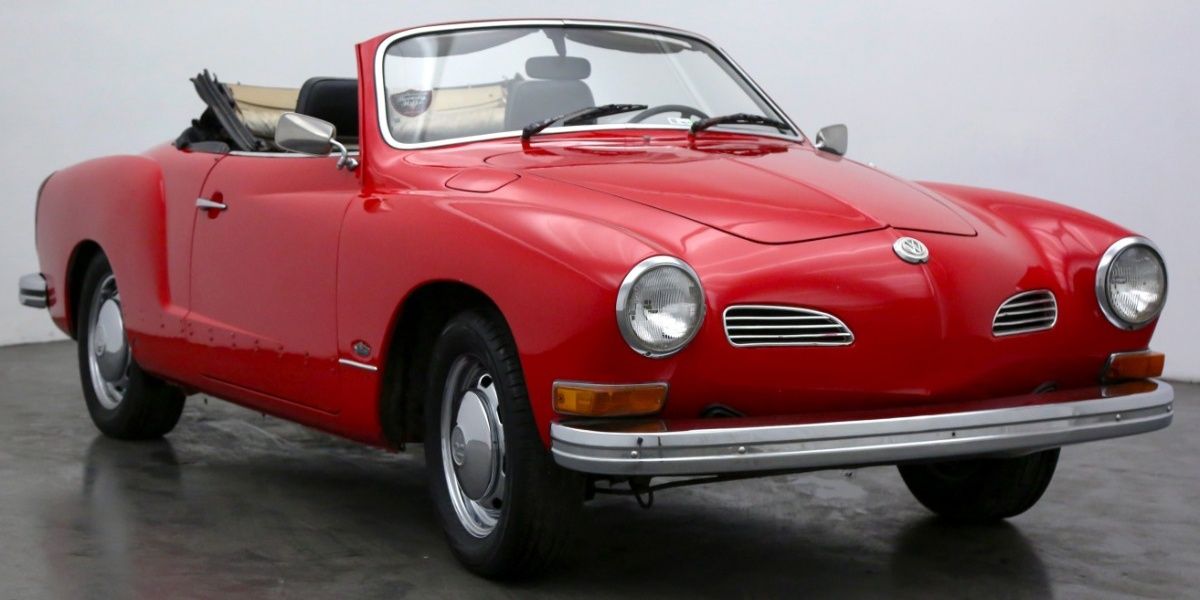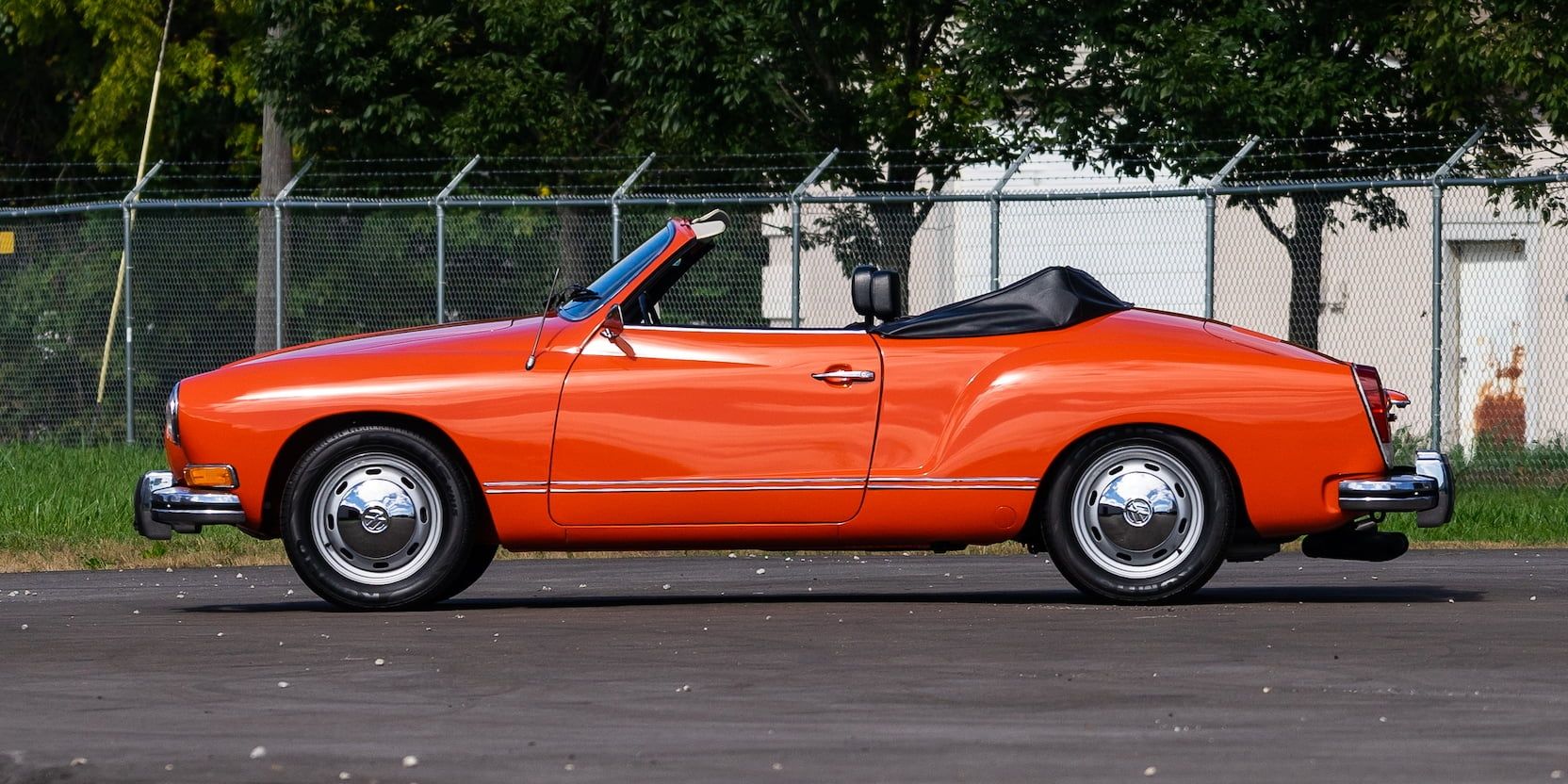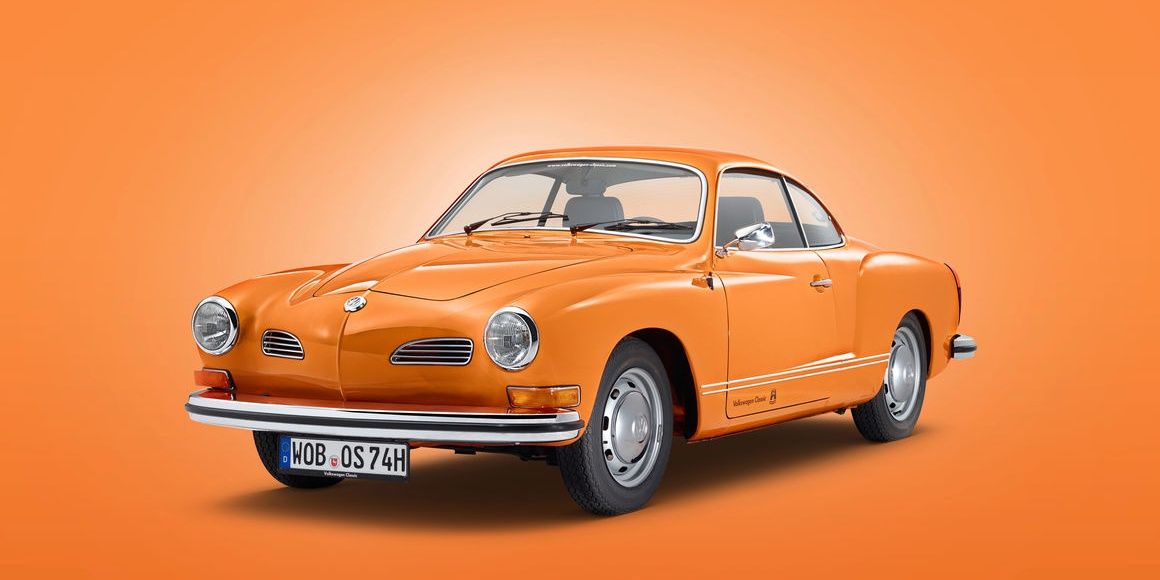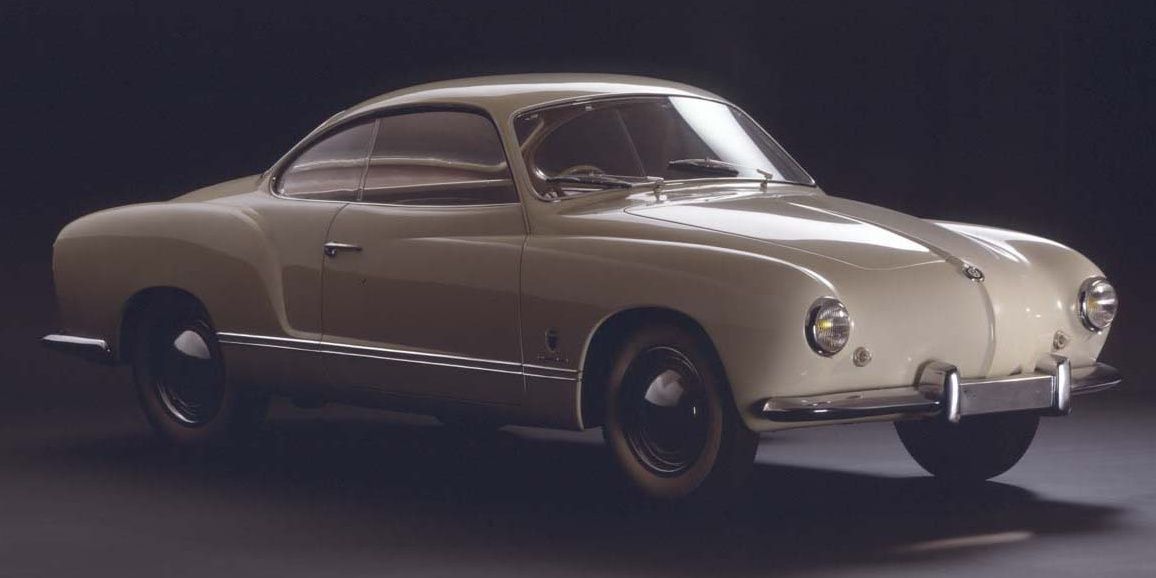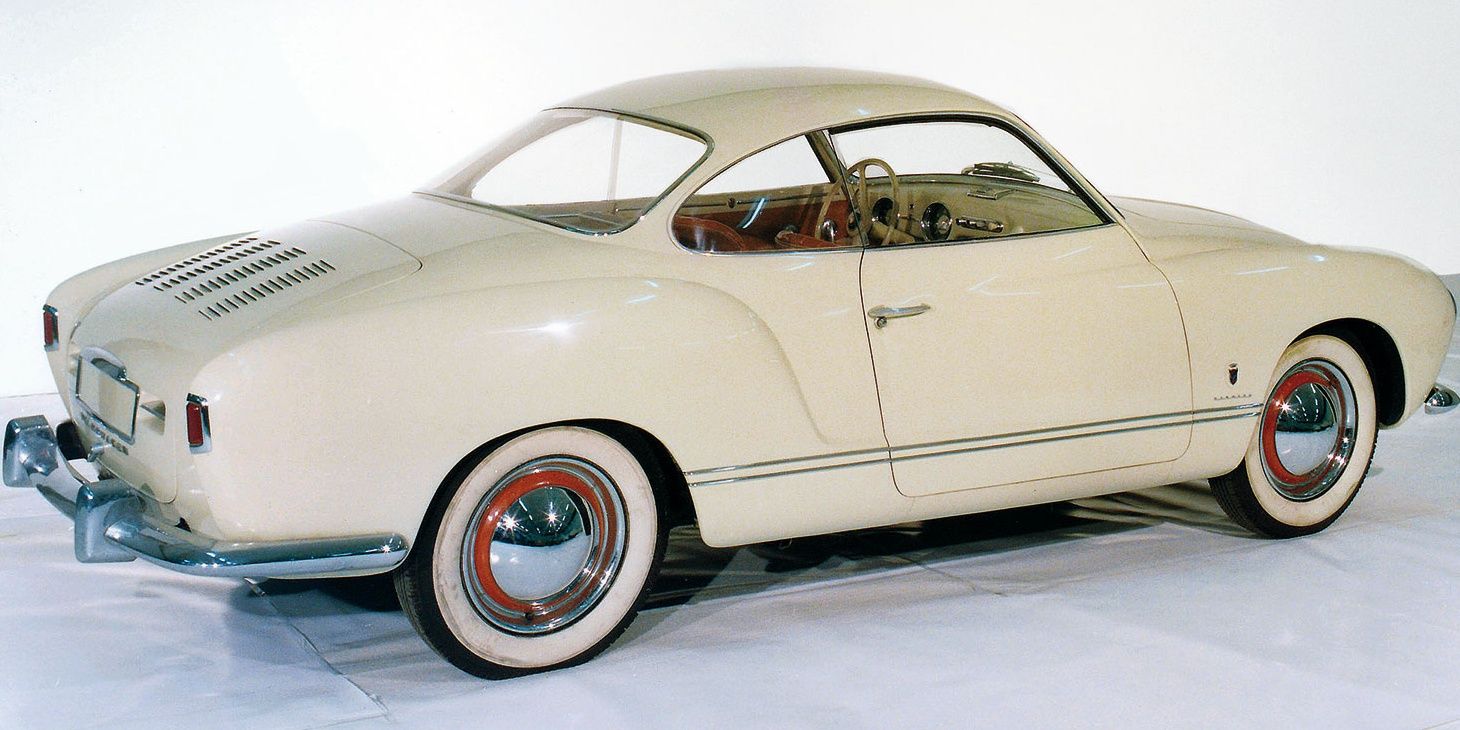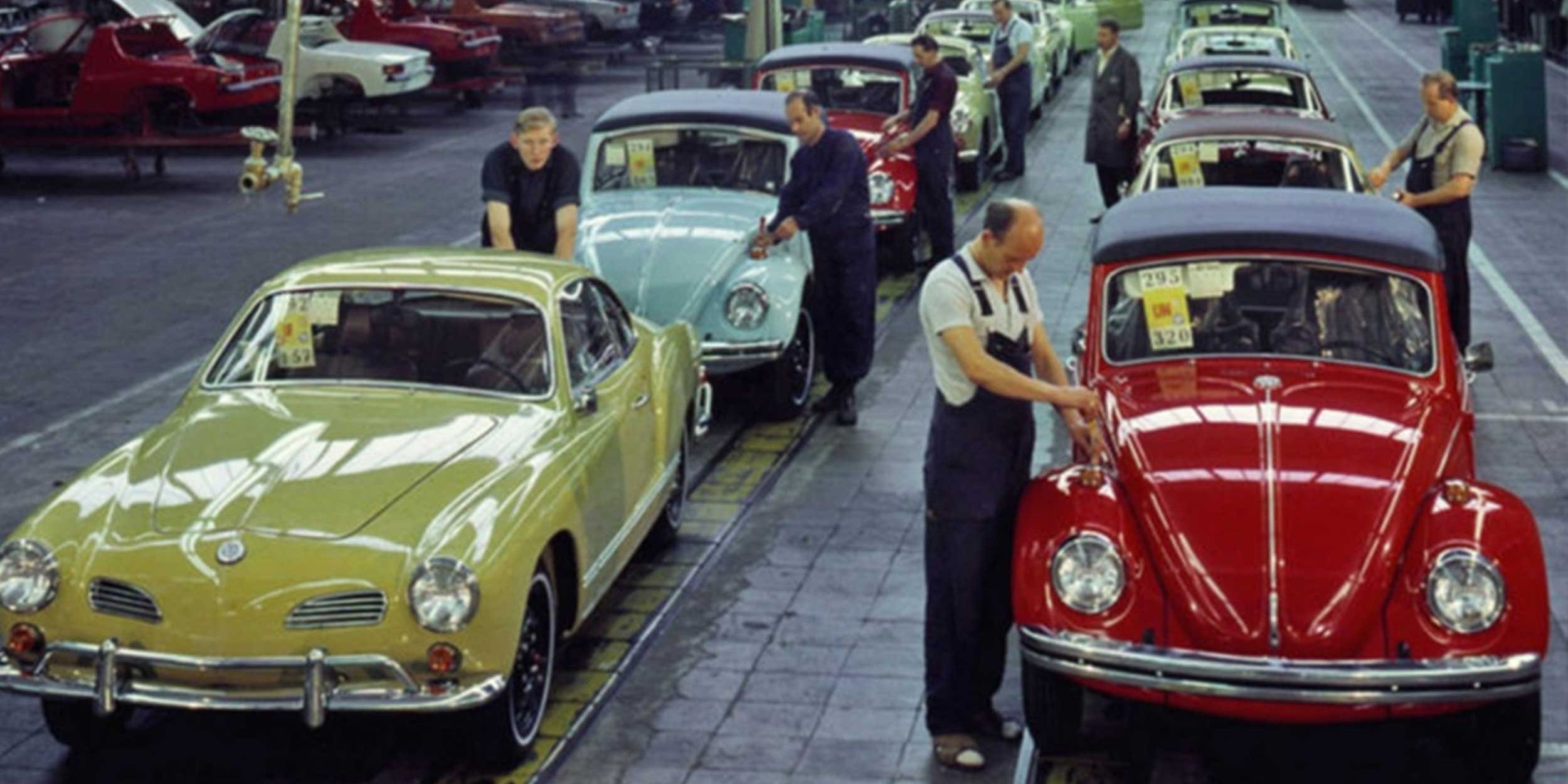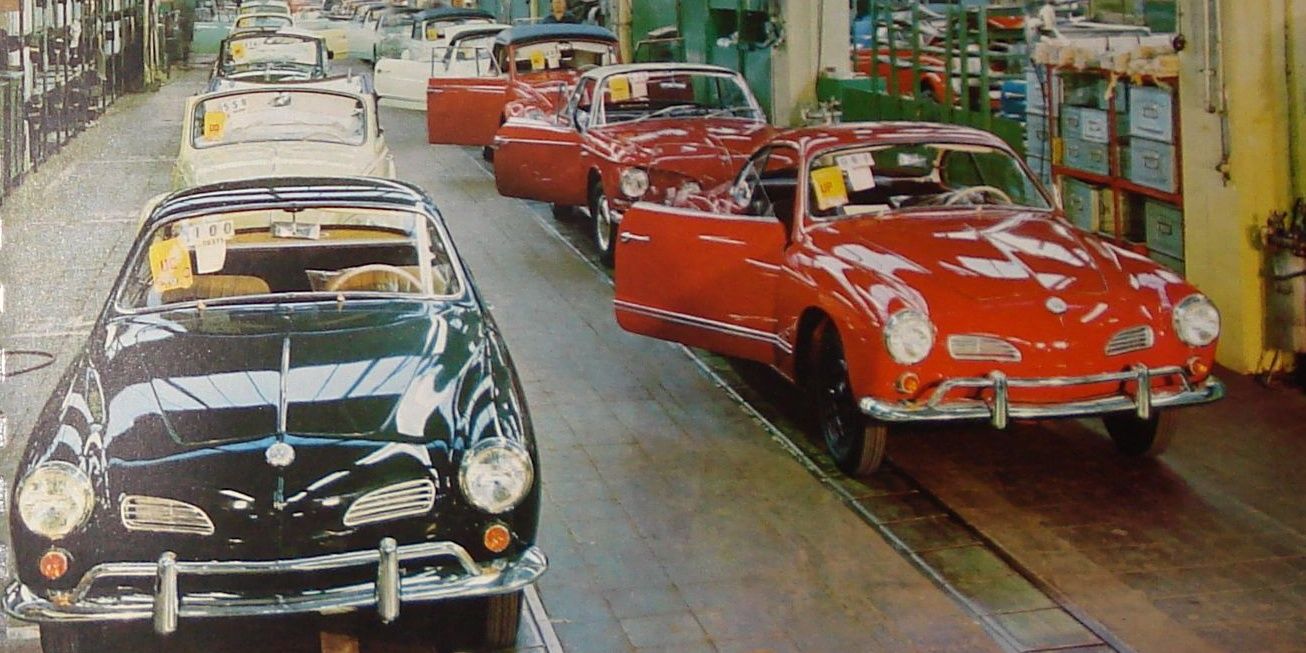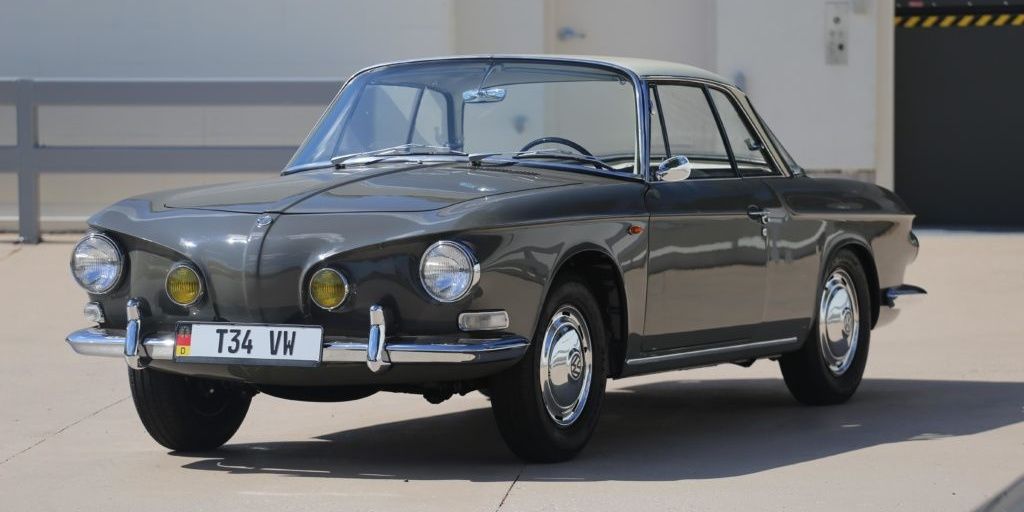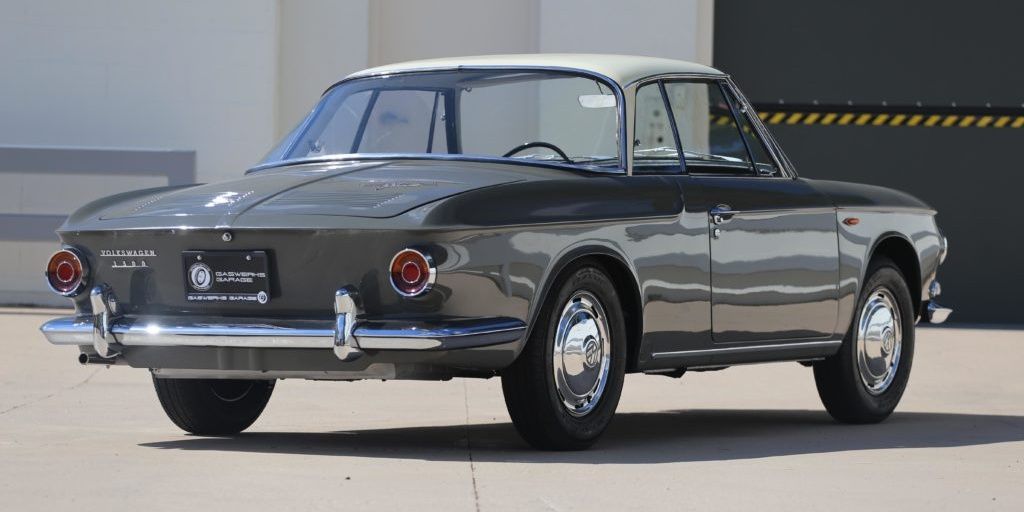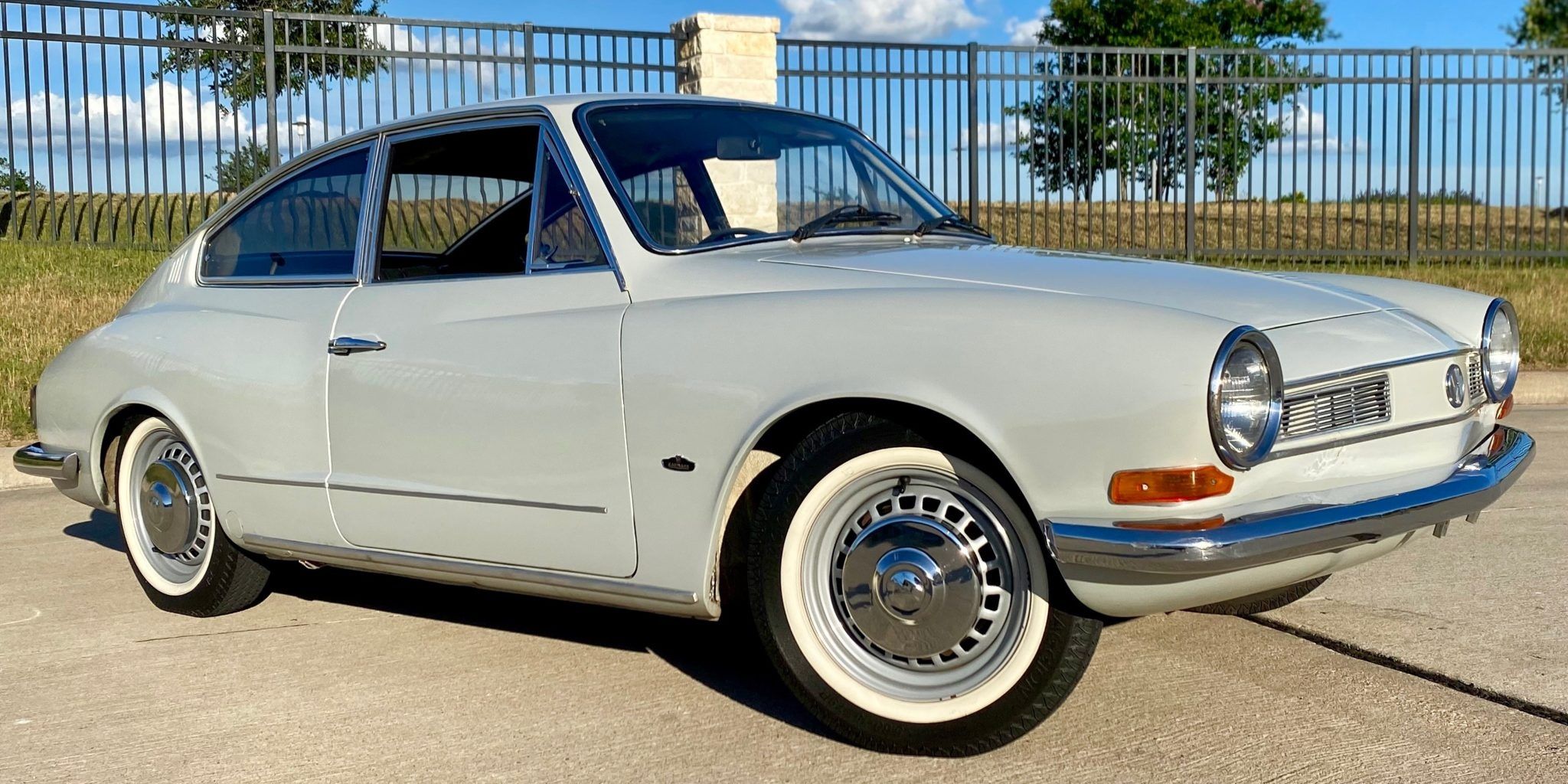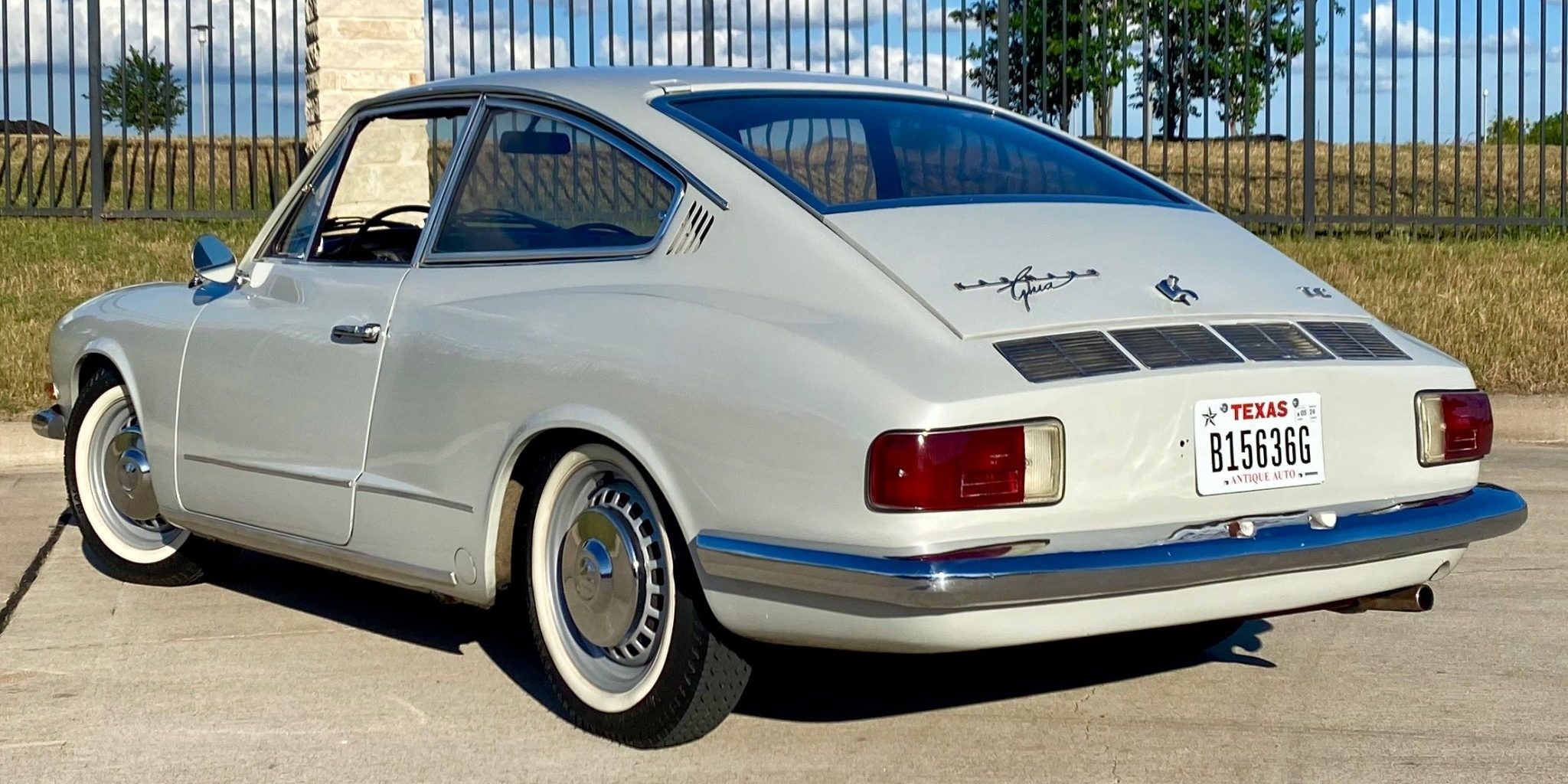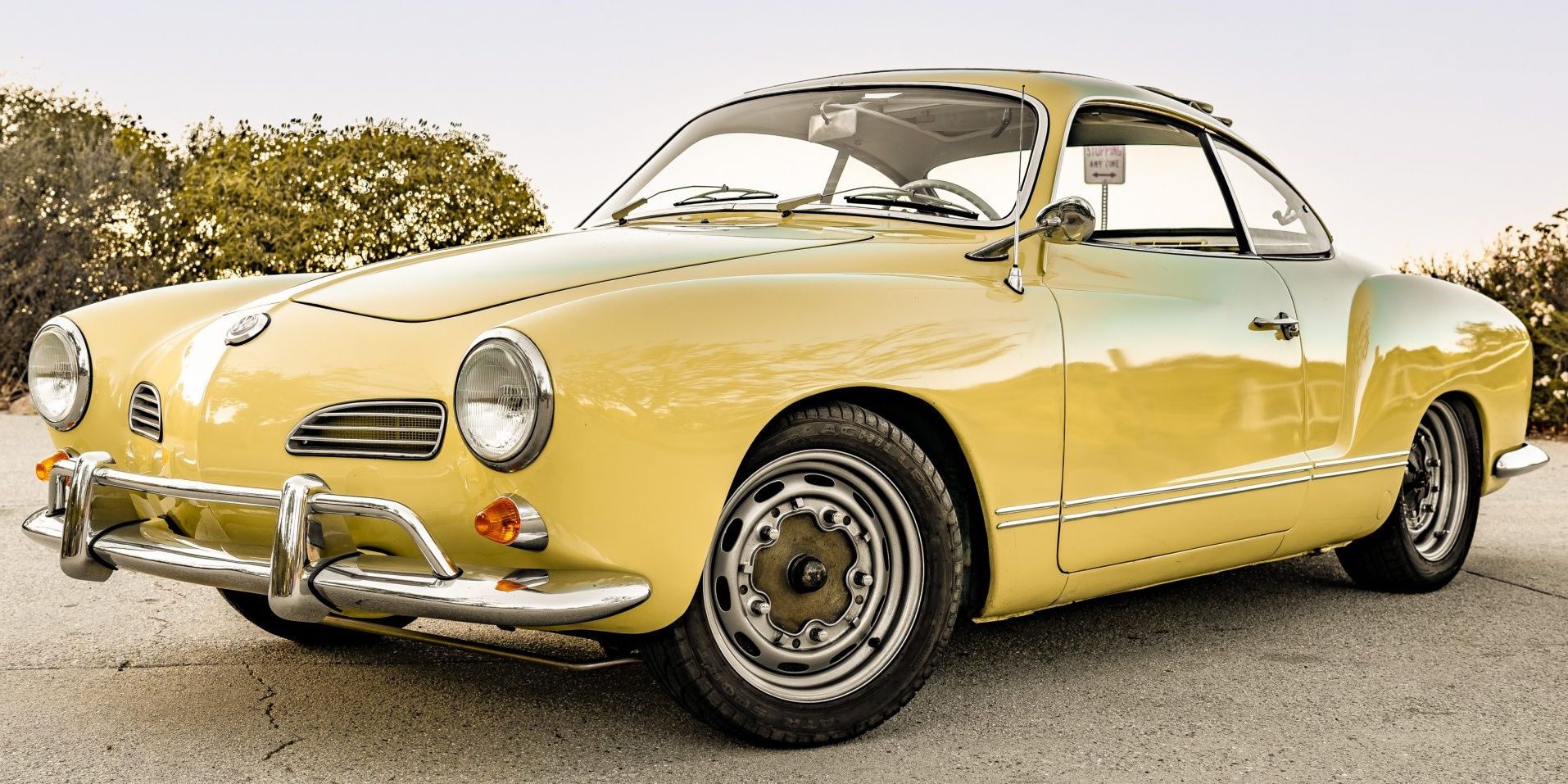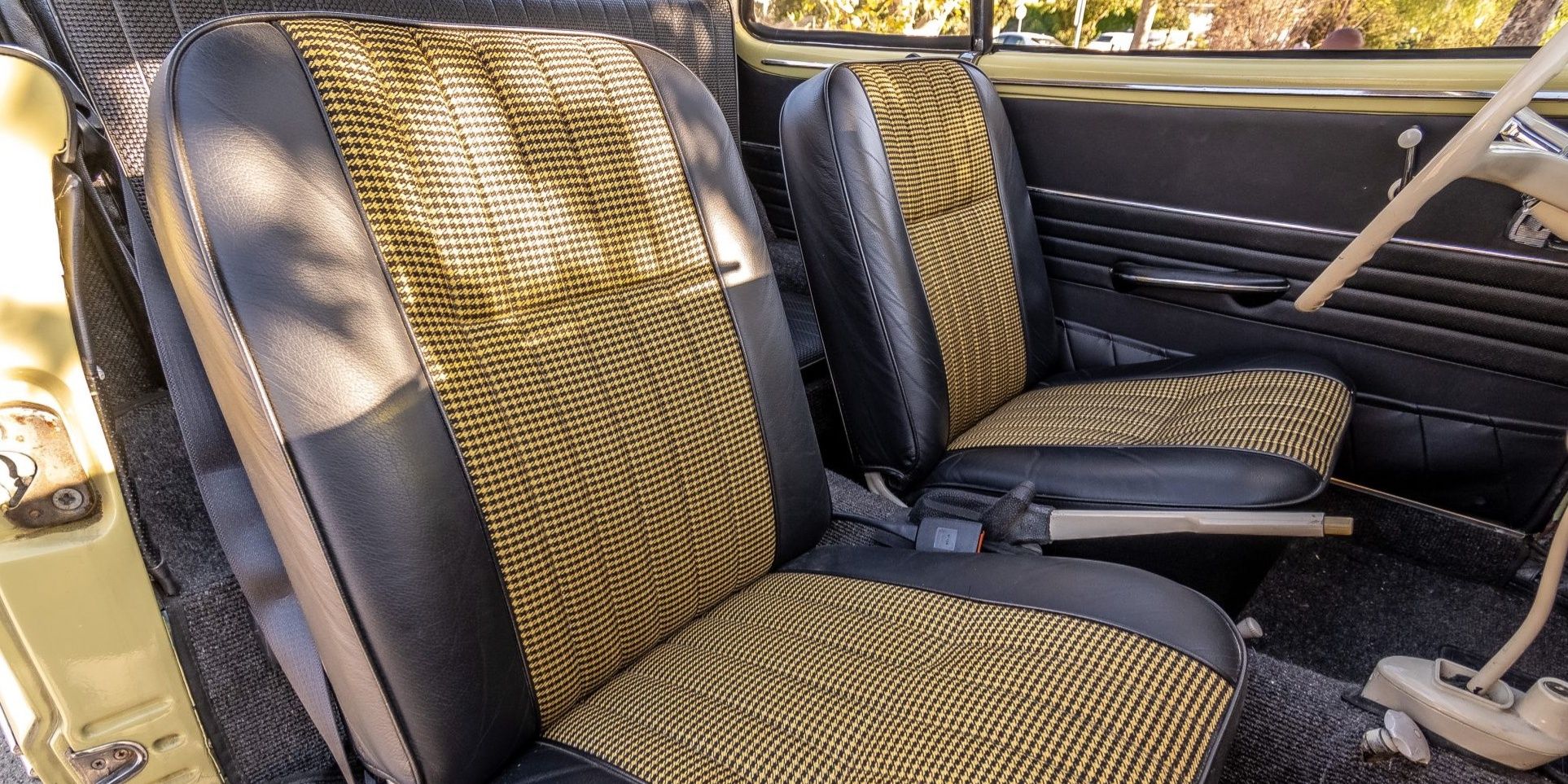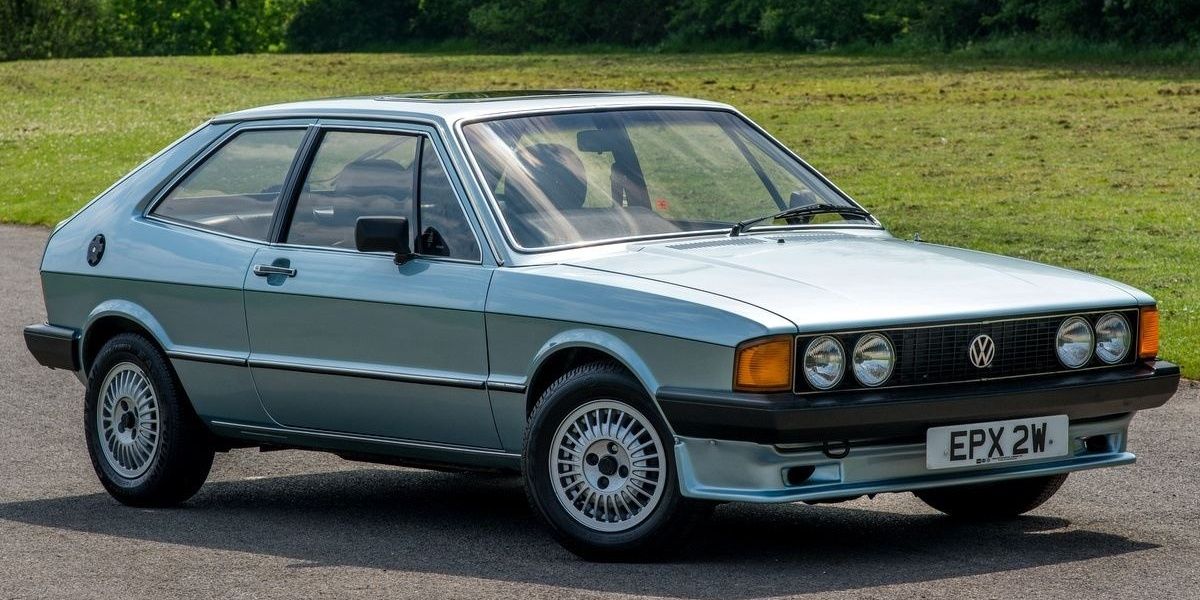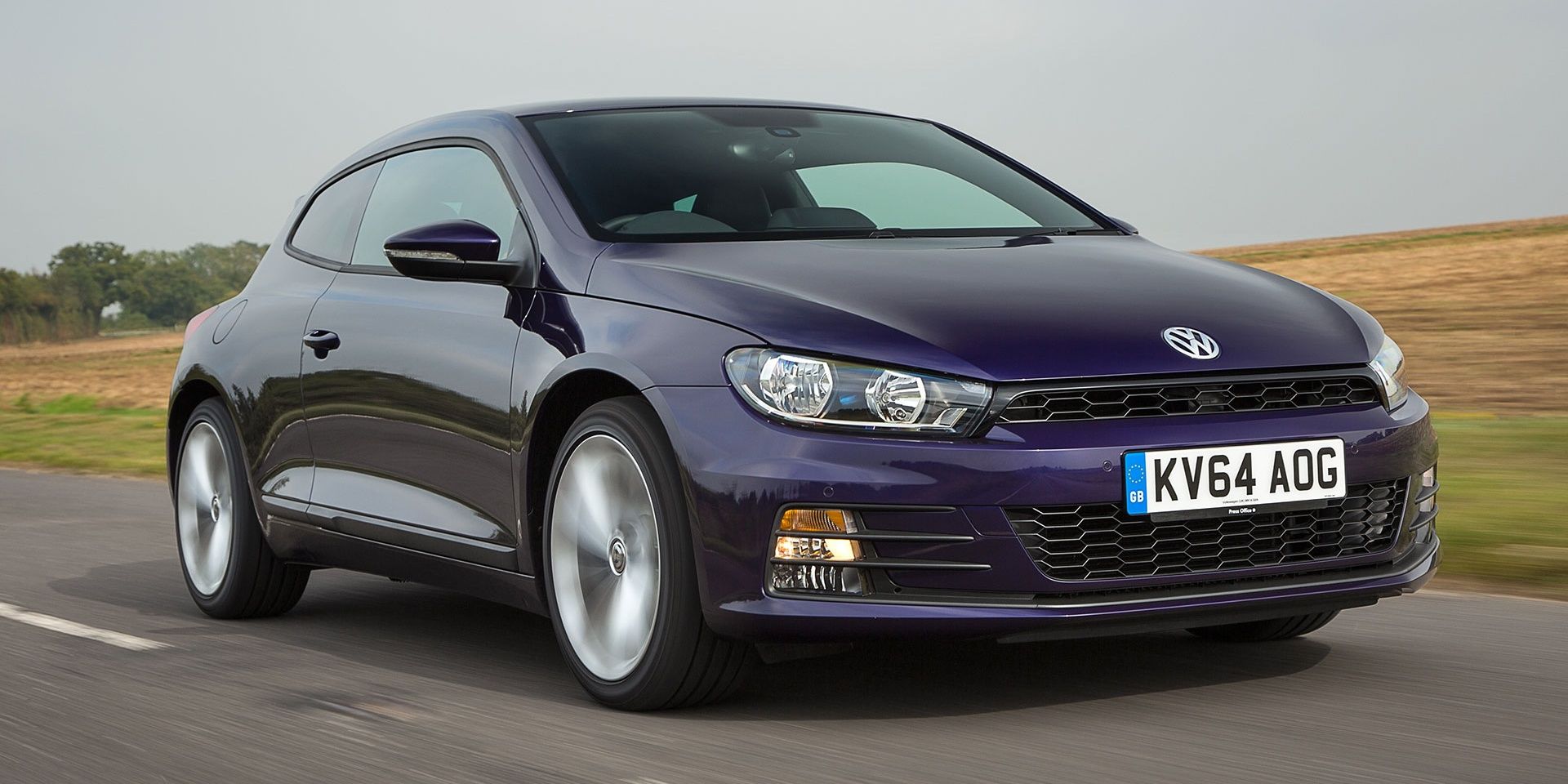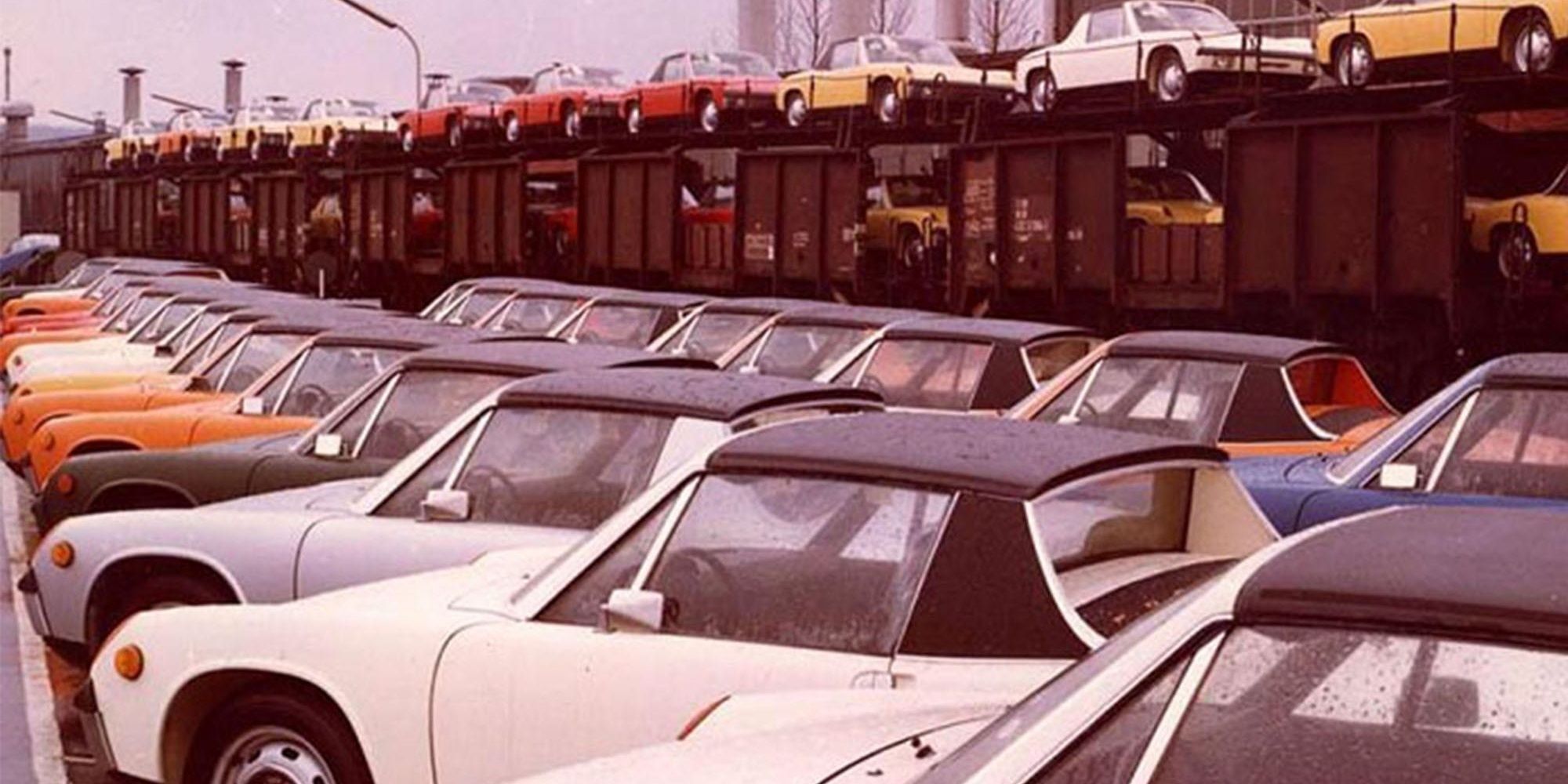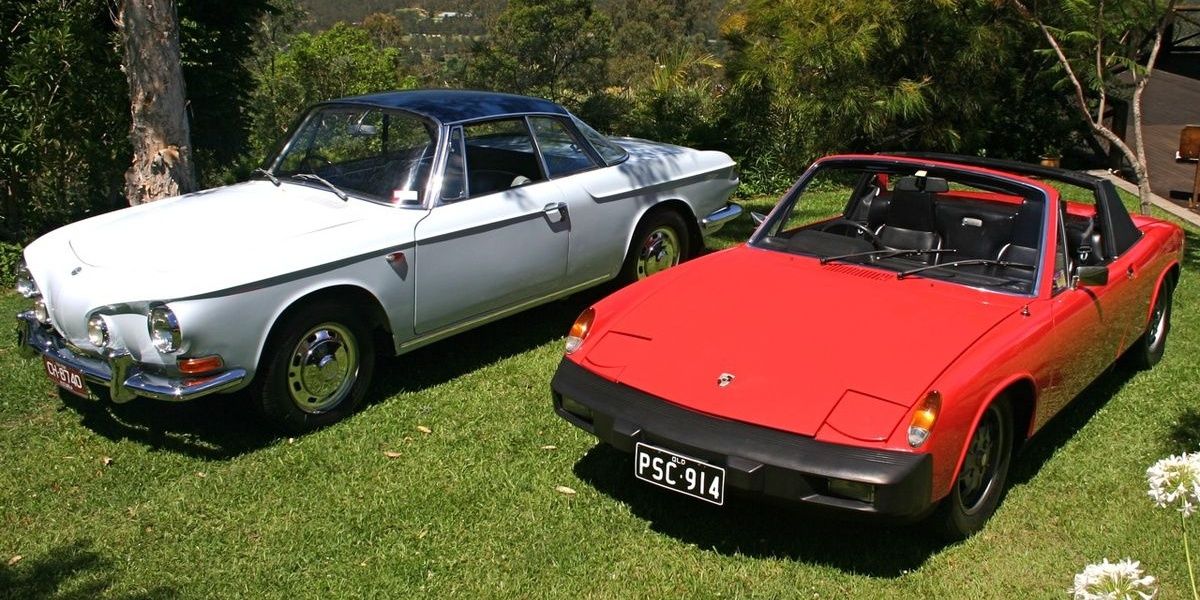The Karmann Ghia might not have quite the same iconic status as the Beetle, but it remains one of Volkswagen's most popular designs to this day. It might come as a surprise then that VW didn't actually have a hand in designing the vehicle, nor did they even ask for it to be created. A long-standing enthusiast's favorite, it turns out there's a lot more to the Karmann Ghia than most people remember. When it first debuted at the Paris Auto Show in 1953, it was still labeled as a "styling concept by Ghia," but just two years later the first production model rolled off the line in Osnabrück, Germany.
This turned out to be the start of something big—a sales phenomenon that would go on to become one of the best-selling Volkswagen products of its time. It's easy to see why: the elegant lines and refined design of the car still look great today, and they'll still turn heads even among a crowd of cars that cost multiple times as much. Although, as we'll find out later, buying a Karmann Ghia today will cost more than most people think. Let's take a look back through the history of this unique car and rediscover exactly what made it such a roaring success.
10 Nearly Half a Million Were Built
It's hard to understate just how successful the Karmann Ghia was for its time. The production of the car was primarily handled at VW's factory in Germany, but later in its life, a spin-off version of the model was also built at VW's Brazilian factory too.
Across both production lines, close to half a million cars were made, with the Germans alone making over 400,000 of those. That makes it one of the best-selling sports cars of its era, beating many of its contemporary German rivals by a considerable margin.
9 Production Lasted 20 Years
Part of the reason the Karmann Ghia sold in such large numbers is that it was on offer for a total of 20 years, with production commencing in 1955 and the last example being sold in Brazil in 1975. It's a testament to its original design that it continued largely unchanged throughout that production run.
The coupe version of the car was significantly more popular, with around 387,000 sales compared to the cabriolet's 81,000. The remaining cars were sold in 'TC' style, which we'll get to later. It's not known exactly how many of the produced cars are still on the road today, but it's thought to be a fraction of the cars originally made.
8 It was Named After Its Developers
Since most Volkswagens tended to have fairly simple, one-word names, it might be a mystery to some enthusiasts how the Karmann Ghia got its name. Well, in fact, the answer is quite straightforward, as it was designed by the Italian design house Carrozzeria Ghia and its bodywork was developed by German coachbuilder Karmann.
Despite the car's design becoming its most iconic feature, it isn't one hundred percent original. The designers of the car have later said that it was essentially a scaled-down version of the Chrysler D'Elegance, ripping off most of its basic design straight from its American competition.
7 It was Developed in Secret
It seems odd that one of VW's greatest products was developed in secret without the company's knowledge, but that's exactly how the Karmann Ghia came to be. Luigi Segre of Ghia covertly obtained a Type 1 Beetle, driving it all the way from Paris back to his studio in Turin, Italy.
There, he and his colleagues worked on the design of the car, which was then sent to coachbuilder Karmann so the bodywork could be tweaked and fabricated. The finished prototype car was then presented to Volkswagen, who displayed the car at the Paris Auto Show to gauge the public's reaction.
6 It's a Beetle Underneath
The public was very keen on the look of the car, and so VW gave the green light for production to begin. It wasn't too much of a headache for Volkswagen to start making the Karmann Ghia, or Type 14 as it was internally known, as it was mechanically almost identical to the Beetle.
This meant the car was slower than most car fans might think, with the original 1955 specification car only making 34 hp and reaching a top speed of 75 mph. Later models saw a slight increase in power, but only at the same rate as the regular Beetle was upgraded.
5 The Type 34 Was Rarer, Pricier... And Not for Sale in the US
In 1961, VW introduced a new version of the Karmann Ghia, internally called the Type 34. As its name suggests, it was based on VW's new Type 3 platform rather than the original Type 1 (Beetle). The new version featured updated styling and a number of innovations like a sliding sunroof.
The Type 34 Karmann Ghia was the most expensive and luxurious model VW made up until it was replaced in the mid-Seventies. Even though the US was at the time VW's most lucrative export market, the Type 34 was never officially offered there, although plenty made their way over via Canada.
4 South America Got Its Own Unique Version
In addition to producing the standard Type 14 Karmann Ghia, VW's South American subsidiary in Brazil wanted to make their own version of the car. They approached Ghia and asked them to design an updated version of the car, which eventually became the Karmann Ghia TC or Type 145.
As well as a new design, the TC was more powerful than its European and American counterparts, making up to 65 hp. That gave it a top speed of 86 mph, a 19% increase in speed over the original model. Unsurprisingly, the TC was snapped up by South American buyers, and it's estimated over 18,000 units were sold. Despite their popularity in their home market, they were never offered for export.
3 Used Examples Can Cost Over $50,000 Today
The used car market, in general, is shooting through the roof thanks to a shortage of inventory, but long before that the Karmann Ghia was already a solid investment. Tracking the sale price of the model through the auction site Bring a Trailer shows a clear and significant upward trend that shows no sign of stopping.
Between 2016 and 2018, the average selling price of the Karmann Ghia sat at around $14,000, but between 2018 and 2020 it increased to around $25,000. The past year has seen prices continue to increase, with the average selling price now around the $30,000 mark.
2 Replaced by the Scirocco
VW might not have managed to make anything that looks as good as the Karmann Ghia since it was axed, but the car did in fact get a direct replacement after its production run ended. The Golf-based Scirocco was created as a newer sporty VW model, and although that model has plenty of fans in its own right, few would argue it looks anywhere near as good as its predecessor.
The Scirocco ran between 1974 and 1992 before being axed, then a new generation of the car began production in 2008. It carried a similar ethos to the Karmann Ghia but it struggled to attract customers, leading to its eventual discontinuation in 2017.
1 Karmann Ended Up Making the Porsche 914
Unlike the Karmann Ghia, the Scirocco was an in-house design by VW, and so fans might wonder what became of Karmann. It turns out they had plenty to keep them busy as they ended up manufacturing the Porsche 914, a divisive car thanks to its strong VW roots.
Porsche purists didn't like the idea of a car with a VW engine and shared components, and the 914 still leaves a mixed legacy today. The same cannot be said of the Karmann Ghia, which has gone down in automotive history as one of VW's finest moments, even if VW themselves never planned on creating it.

